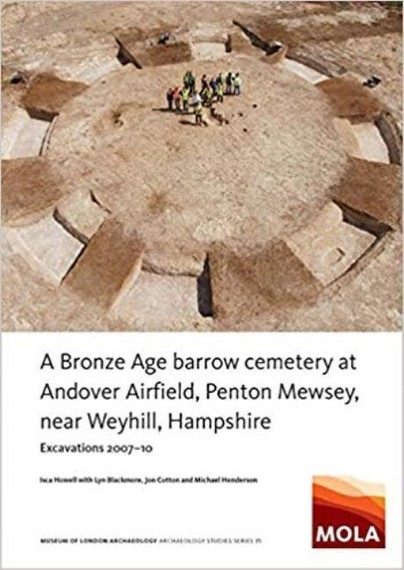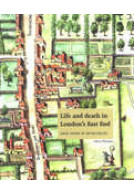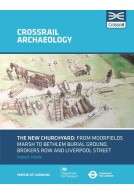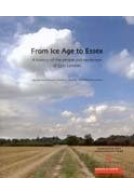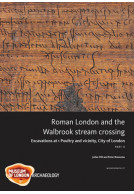Google Books previews are unavailable because you have chosen to turn off third party cookies for enhanced content. Visit our cookies page to review your cookie settings.
A Bronze Age Barrow Cemetery at Andover Airfield, Penton Mewsey, near Weyhill, Hampshire (Paperback)
Excavations 2007–10
Imprint: MOLA (Museum of London Archaeology)
Series: MOLA Studies Series
Pages: 92
Illustrations: 43
ISBN: 9781907586491
Published: 30th March 2019
Script Academic & Professional
Series: MOLA Studies Series
Pages: 92
Illustrations: 43
ISBN: 9781907586491
Published: 30th March 2019
Script Academic & Professional
Usually available in 6-8 weeks.
You'll be £15.00 closer to your next £10.00 credit when you purchase A Bronze Age Barrow Cemetery at Andover Airfield, Penton Mewsey, near Weyhill, Hampshire. What's this?
+£4.99 UK Delivery or free UK delivery if order is over £40
(click here for international delivery rates)
Need a currency converter? Check XE.com for live rates
(click here for international delivery rates)
Need a currency converter? Check XE.com for live rates
Fieldwork between 2007 and 2010 on a chalk downland site near Andover, Hampshire, revealed evidence of funerary and other activity from the Chalcolithic period to the Late Bronze Age. A single, probably female, adult inhumation was accompanied by two Wessex/middle Rhine-type beakers. This grave, although not obviously marked, became the focus for a small number of later cremation burials and pits containing placed miniature pottery vessels. Subsequently, a nucleated group of five barrows developed, the largest being the Mark Lane tumulus, known for a rehafted copper-alloy dagger of Early Bronze Age Armorico-British ‘A’ type found during works to extend the airfield in 1917. Possibly pre-dating this group were two isolated barrows, one associated with two features containing food vessels. Inserted into this barrow was a series of Middle Bronze Age urned and unurned cremation burials associated with globular- and bucket-shaped vessels of Deverel-Rimbury type. A few later vessels indicate that the monument remained in use into the Late Bronze Age. Non-funerary features include a 5m deep Middle Bronze Age shaft that produced an assemblage of animal bone, possibly the remains of feasting. This report includes full details of the eight inhumation and 35 cremation burials, a regionally significant pottery assemblage, catalogues of the illustrated worked flint and accessioned finds, and a chronology supported by ten radiocarbon dates.
Other titles in the series...
Other titles in MOLA (Museum of London Archaeology)...







